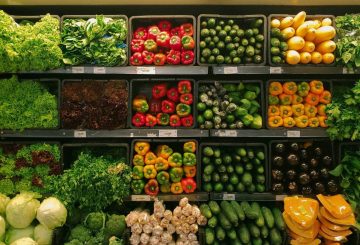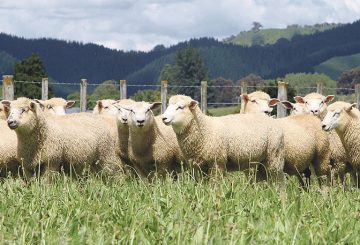Catherine Wilks, 32 tuổi đến từ Tauranga, đang ảnh hưởng đến ngành công nghiệp bơ toàn cầu bằng những ý tưởng mới mẻ và sự đổi mới. Là cộng tác viên hệ thống ngành công nghiệp cho NZ Avocado, Catherine gần đây đã trình bày tại Đại hội Thế giới Avocado, thu hút 1200 đại biểu từ 33 quốc gia. Bài nói chuyện của cô ấy về các loài gây hại động vật chân đốt ảnh hưởng đến bơ của New Zealand đã nhận được sự hoan nghênh rộng rãi.
Niềm đam mê của Catherine đối với nông nghiệp và thực hành canh tác bền vững đã đưa cô đến lĩnh vực bơ. Sau khi có bằng Cử nhân Khoa học tại Đại học Massey, cô đã mạo hiểm vào lĩnh vực côn trùng học ứng dụng tại Nghiên cứu Thực vật và Thực phẩm. Vai trò của cô trong lĩnh vực làm vườn cho quả kiwi và bơ bắt đầu sau một thời gian làm việc tại Eurofins. Sự hấp dẫn của cô đối với bơ ngày càng tăng sau khi tham dự các hội nghị, dẫn cô đến một vai trò đa dạng tại NZ Avocado, nơi cô thấy hứng thú với chương trình quản lý dịch hại AvoGreen bền vững.
Trách nhiệm của cô tại NZ Avocado bao gồm giám sát chương trình giám sát dịch hại AvoGreen, đảm bảo các tiêu chuẩn chất lượng và hỗ trợ người trồng bơ.
Phản hồi từ Đại hội Thế giới Avocado cho thấy sự quan tâm đáng kể đến các thực hành bơ của New Zealand. Các cuộc thảo luận đã cung cấp một nền tảng để trao đổi kiến thức, mà Catherine thấy là “truyền cảm hứng và khai sáng”.
Catherine tin rằng thế hệ trẻ đang truyền cho ngành công nghiệp bơ những quan điểm mới mẻ và sự đổi mới, khai thác những tiến bộ công nghệ để cải thiện hiệu quả và tính bền vững. Trong khi thừa nhận kinh nghiệm rộng lớn trong ngành, cô nhấn mạnh các cơ hội học tập quý giá mà nó mang lại cho lực lượng lao động trẻ tuổi.
Bất chấp những thách thức gần đây liên quan đến thời tiết trong lĩnh vực bơ, Catherine vẫn lạc quan về tương lai của nó, nhấn mạnh vô số lợi ích sức khỏe và hương vị thơm ngon của bơ là lý do cho
nhu cầu liên tục của chúng.






























































